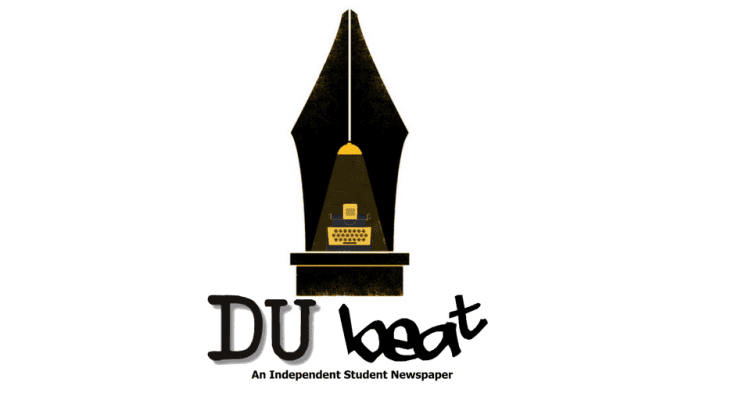Sarvjeet Singh charged in a molestation case filed by Jasleen Kaur, a St. Stephen’s alumnus, acquitted after four years due to untrustworthy testimony by complainant.
After four years of being called a “pervert” or “Delhi ka darinda” (Delhi’s demon), on 25th October, 28-year-old Sarvjeet Singh was acquitted by Delhi’s Tis Hazari Court of all charges in a molestation case which was filed by Jasleen Kaur, an alumnus of St. Stephen’s College in Delhi University.
The judgement by Justice M.M. Sonam Gupta provided, according to a report in The Print, “testimony of the complainant is not trustworthy and casts doubt on the case of the prosecution”. It also suggested that Singh was awarded the benefit of doubt as his guilt was not proven beyond reasonable apprehension.
On August 23rd, 2015, Kaur had posted a photo of Singh on Facebook accusing him of using obscene language and verbally molesting her on the streets of Tilak Nagar, West Delhi. She claimed in her post that Singh threatened her when she clicked his picture stating, “Jo kar sakti hai kar le. Complaint karke dikha, fir dekhiyo kya karta hun main.” (Do what you can do. Try complaining, then see what I will do).
Within a few hours, the post went viral and caught the Delhi Police’s attention. Singh was found and arrested in a day’s time without his side of the story being heard. Singh had commented on the post saying, “I was at the red light near Aggarwal Sweets at Tilak Nagar from where I had to take a left turn. Ms Jasleen stopped me and others saying they’re helping control the traffic, and I said I am not jumping the red light, left turn is free, and if you want to jump the signal, it’s your wish. The next thing I see is she pulling out her phone and clicking photos of my bike and me and screaming “I’ll go to the cops tomorrow, you will know when they arrest you from your house”.”
Kaur was congratulated by Delhi Chief Minister, Arvind Kejriwal, on her act of bravery, as well as by film stars like Sonakshi Sinha. She was also awarded a cash prize of INR 5,000 by Delhi Police Commissioner BS Bassi for her courage.
It was reported in The Print in September 2018, three years after the incident, that Kaur hadn’t attended a single hearing in the matter making it difficult to begin the case. Only in December 2018, after missing 14 hearings, did she show up to defend her absence. She claimed that she had “educational commitments” in Canada to pursue her studies in Human Resources. At the same time, Singh struggled with his job and had to take permission from the police every time he wished to leave the city.
On finally being acquitted, Singh said “I am feeling free today. Justice has been done and the tag of a criminal that I had been walking around with has been lifted. The judge had asked my lawyers if there were any witnesses to be produced. When my lawyers said that the witnesses could be called in the next hearing, the judge replied saying there was no need as the court had decided to free me. My lawyer and I looked at each other in disbelief and then I just broke into tears.”
Apart from this, he also claimed that he wished to seek an apology from all those who defamed him without solid proof, primarily senior journalist and former Editor-in-Chief of news channel Times Now, Arnab Goswami. “Mr Arnab should apologise. He called me a pervert in front of the world but now the court has acquitted me. He crushed my image, so he should now restore it,” Singh added. He also wrote on Facebook, “Agar duniya aap news channels ko dekhti hai to wo us news par belive kar lete hai…it is a req ki pehle sach pata kare..fir duniya ko dikhaye.. sirf TRP he sab kuch nahi hoti. (The audience believes the news that they are shown by the news channels. It is a request to broadcast news only once it’s confirmed. TRP isn’t everything)”.
Feature Image Credits: India Today
Aditi Gutgutia






